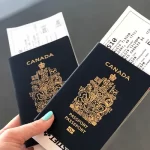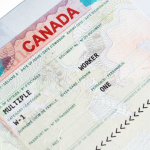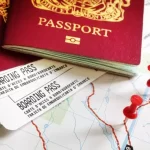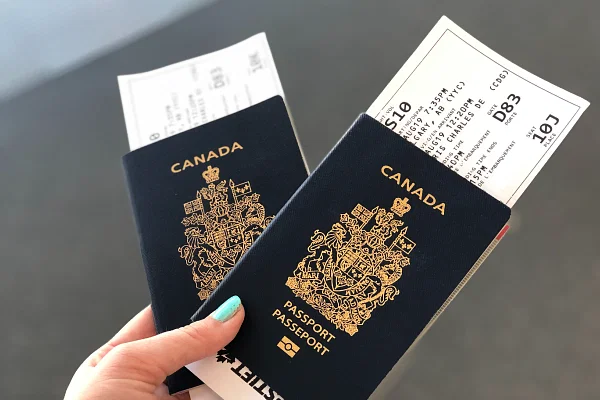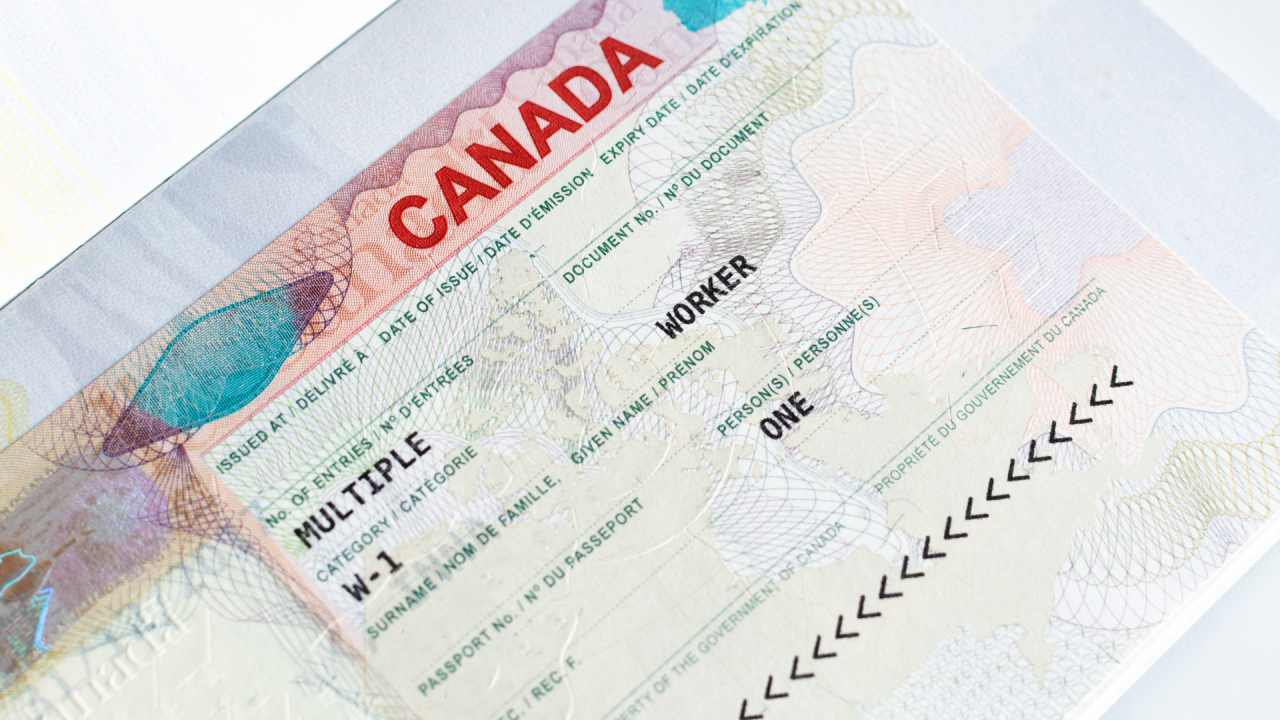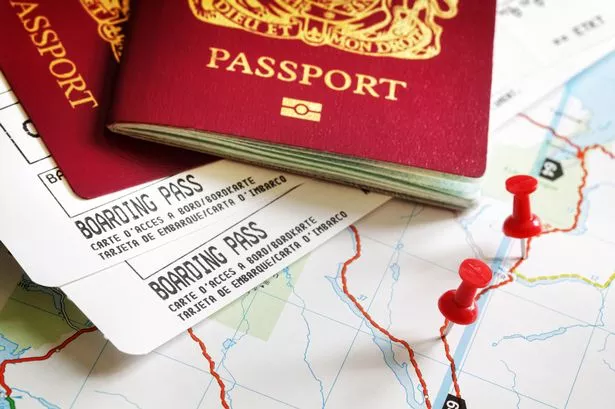Are you planning a trip to India and feeling overwhelmed by the visa process? Fear not! The Indian government has introduced an electronic visa system that makes obtaining a travel permit easier than ever before. In this blog post, we’ll break down everything you need to know about the eVisa system so you can focus on enjoying your adventure in this vibrant and culturally-rich country. Get ready to say “Namaste” to India with confidence!
What is an eVisa?
If you’re planning to visit India, you’ll need an eVisa. An eVisa is a visa that’s issued by the Indian embassy or consulate in your home country. There are three types of eVisas: a tourist visa, a business visa, and a medical visa. Indian eVisa Airport and Seaports for Entry
To get an eVisa, you first need to apply online. You’ll need to provide your passport information, as well as your foreign travel dates. You’ll also need to upload photos of yourself and your passport photo. After you’ve applied, the embassy or consulate will send you an application acknowledgment letter.
Once you have an application acknowledgment letter from the embassy or consulate, you can go to the nearest Indian immigration office to apply for the eVisa. The immigration office will ask for your passport and application acknowledgment letter, and then they’ll issue you a visa.
There are some exceptions to the rule- for example, if you’re traveling with a child under 16 years old who is not accompanied by a parent or guardian, you don’t need an eVisa. Additionally, if you’re traveling for religious reasons, humanitarian reasons, or if you’re traveling for business related activities and there’s no possibility of working in India during your stay,you don’t need an eVisa.
How to Apply for an Indian eVisa?
If you’re planning to travel to India, you’ll need an eVisa. Here’s everything you need to know about the eVisa system.
To apply for an Indian eVisa, you first need a passport valid for at least six months after your planned departure from India. You also need a visa application form (available online or at any Indian embassy or consulate) and two photos. Indian eVisa ports allowed for exit
Once you have all of the necessary documents, follow these steps to apply:
1. Fill out the visa application form completely. Make sure to include all of the information requested, such as your full name, nationality, date of birth, passport number, and flight information.
2. Upload your photos onto the application form by attaching them to an email and sending it to visas@indianembassy.org or consularmission@indianembassy.org . Include details about the photo shoot, such as the location and dates of shooting. It’s important that your photos are high quality and reflect your true appearance. Make sure that both images are identical; if one image is lost or damaged in transmission, it will be difficult to replace it later on during processing.
3. Wait for a response from Indian authorities regarding your visa request. You’ll receive an acknowledgement email once your application has been received and reviewed; within one week, you’ll also receive a decision letter detailing whether or not you’ve been approved for an Indian eVisa.
Points to Note When Applying for an Indian eVisa
When it comes to traveling to India, there are a few things you need to know about the eVisa system. First, make sure you have the proper travel documents ready. Second, be prepared for long wait times and frustrating bureaucracy. And finally, don’t forget to have cash on hand – the currency is different than what you’re used to.
To apply for an Indian eVisa, start by gathering your required documents. These include your passport along with two photos that meet visa requirements (a recent passport-style photo will do). You’ll also want to submit a visa application form and fee. If you’re traveling as part of a group, make sure each member of your party completes a separate application form and pays their own fees.
Once you’ve gathered all of your documents, take them to an authorized Indian consulate or embassy near your home country. The process may take several weeks, but don’t worry – consulates and embassies are generally able to handle large crowds quite well. In fact, some offer extended hours in order to accommodate applicants who may be impatient (just be sure to check the consulate’s website before visiting in case there has been any changes due to the recent terrorist attacks in India).
Once you’ve submitted all of your paperwork, be prepared for long wait times – up to a month or even longer is not at all unusual. And make sure not to lose hope – many people find that their applications are eventually approved after persevering through
Visa Requirements for Indian Citizens
India is a popular travel destination, but it can be confusing to know the visa requirements for Indian citizens. Here are the main points to keep in mind:
To enter India, you will need a valid passport and a visa. The required types of visas depend on your nationality and whether or not you are travelling as part of a group (including family members). Each country has its own requirements, so please consult the relevant embassy or consulate website for more information.
If you are travelling as part of a group (including family members), you will need to apply for a group visa. Group visas are usually easier to obtain than individual visas, but they may still require some paperwork. Please contact your travel agency or consulate for more information about group visas and how to apply.
If you are travelling alone, you will need an individual visa. Individual visas are usually harder to get than group visas, but they require less paperwork. Please contact your travel agency or consulate for more information about individual visas and how to apply.
Please note that any changes to your itinerary – such as adding or deleting stops – will likely require you to apply for a new visa. If you have any questions about visa requirements, please contact your local embassy or consulate staff member.
Conclusion
If you’re planning on traveling to India, it’s important to be aware of the eVisa system. This system allows for visa-free travel for citizens of certain countries who have a valid passport and an onward ticket. If you are not one of these lucky travelers, there are still plenty of things that you can do in India without a visa. Make sure to research each destination thoroughly before traveling so that you know all the necessary steps required to get there.






















